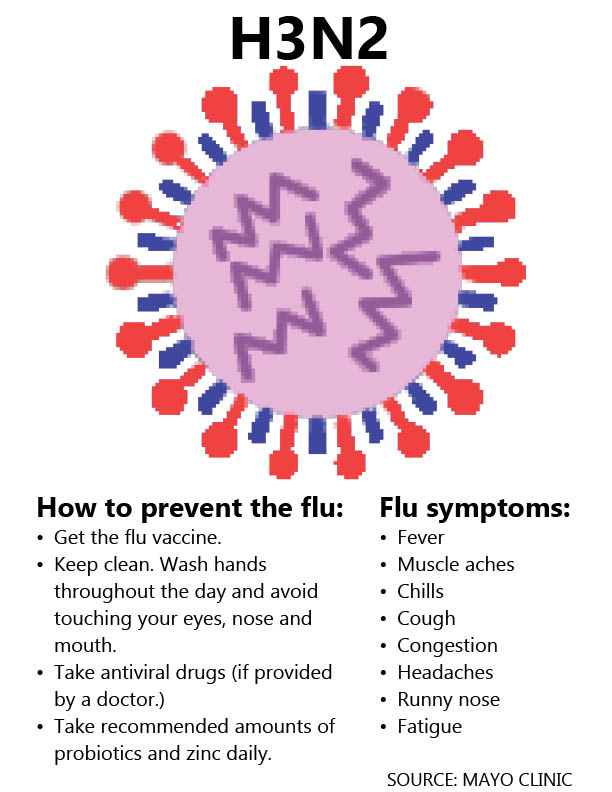Flu season 2018: Worst since 2009
Tired of the heat, every year people can not wait for the cold winter season. From snow, to hot chocolate, to fuzzy socks; these are just a few things people enjoy during these cold days. One thing people tend to forget is the terrible epidemic that lingers around every year. The flu.
Every year more than 3 million people are affected by this virus. Symptoms and severity change every year. This year’s flu season has been the worst in the U.S. since 2009. Already 37 children have died nationwide and 100 people under the age of 65 in the state of California alone.
Now what exactly causes the flu? The flu is a contagious respiratory illness caused by the influenza virus. Typically this virus affects one’s nose, lungs and throat; causing symptoms of: fever, chills, muscle aches, cough, congestion, runny nose, headaches, and fatigue.
The flu has different strains, each year a new influenza tends to appear. Currently the predominant strain H3N2 has affected millions of people. H3N2 is the most dangerous strain amongst people, causing the most fatalities. The H3N2 is worse than last year’s common strain H1N1.
Due to the fact that the flu vaccine isn’t effective towards this particular strain, it’s harder for people to treat it. Only 10% of vaccines were effective towards H3N2 this year so far. Although the vaccine hasn’t had much success, it has helped fight other strains such as: H1N1 and B virus as well as providing some immunity to the H3N2.
With the amount of people catching the flu this year people are trying to do as much premeditation as possible. Three things one can do to prevent this virus are: getting the flu vaccine, take preventive actions to stop the spread of germs, and take antiviral drugs if provided by a doctor. Small pre meditations recommended are getting daily amounts of probiotics and zinc. These two things boost one’s immune system and kill bacteria that is not good for the human body. Good probiotics and zinc can be found in common foods such as: yogurt, dark chocolate and spinach.






